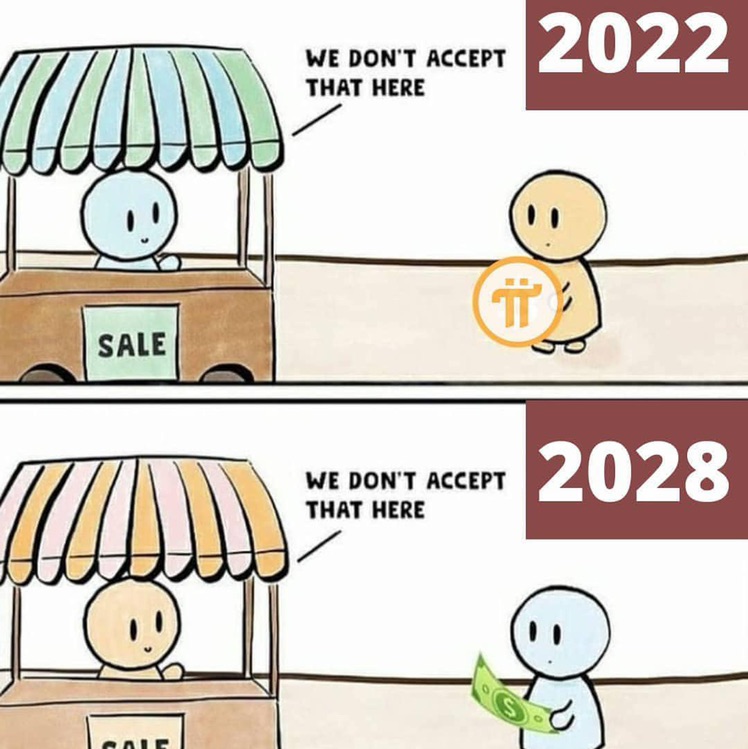
LittleSaves
No personal profile
2Follow
2Followers
0Topic
0Badge
Short term
Sorry, the original content has been removed
Nice
Sorry, the original content has been removed
Happy Friday!!!
Good morning. Happy trading!
Trades Netflix!!!
Great
@TigerEvents:🏆【GAME】Hunting Eggs for Extra Saving!
Ouch
Sorry, the original content has been removed
It is going down further
Oil dips as U.S. storm-hit supply makes slow return
Thanks
Sorry, the original content has been removed
No
Sorry, the original content has been removed
A new innovation from RIM can change theirprospects
Sorry, the original content has been removed
It will hold. El Salvador is too small to make a dent. The test is when one of the larger economies take the plunge
Sorry, the original content has been removed
No
Is the U.S. stock market open on Labor Day?
Time will tell if this works.
Beat the market with this quant system that’s very bullish on stocks at record highs
Wonder where this is going to end
Sorry, the original content has been removed
BTC’s for 70k?
Sorry, the original content has been removed
Go to Tiger App to see more news